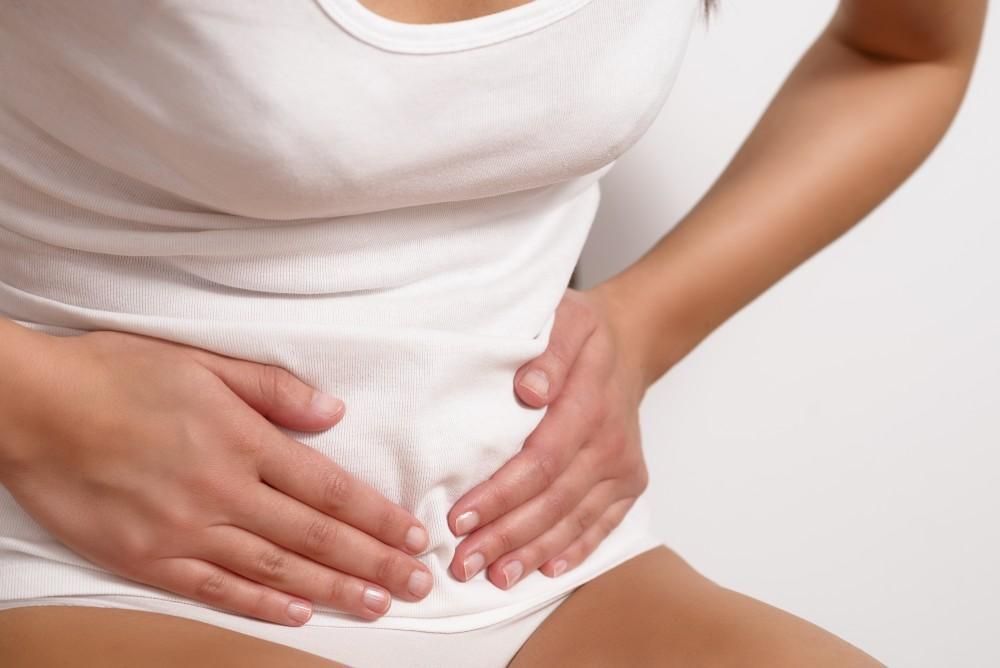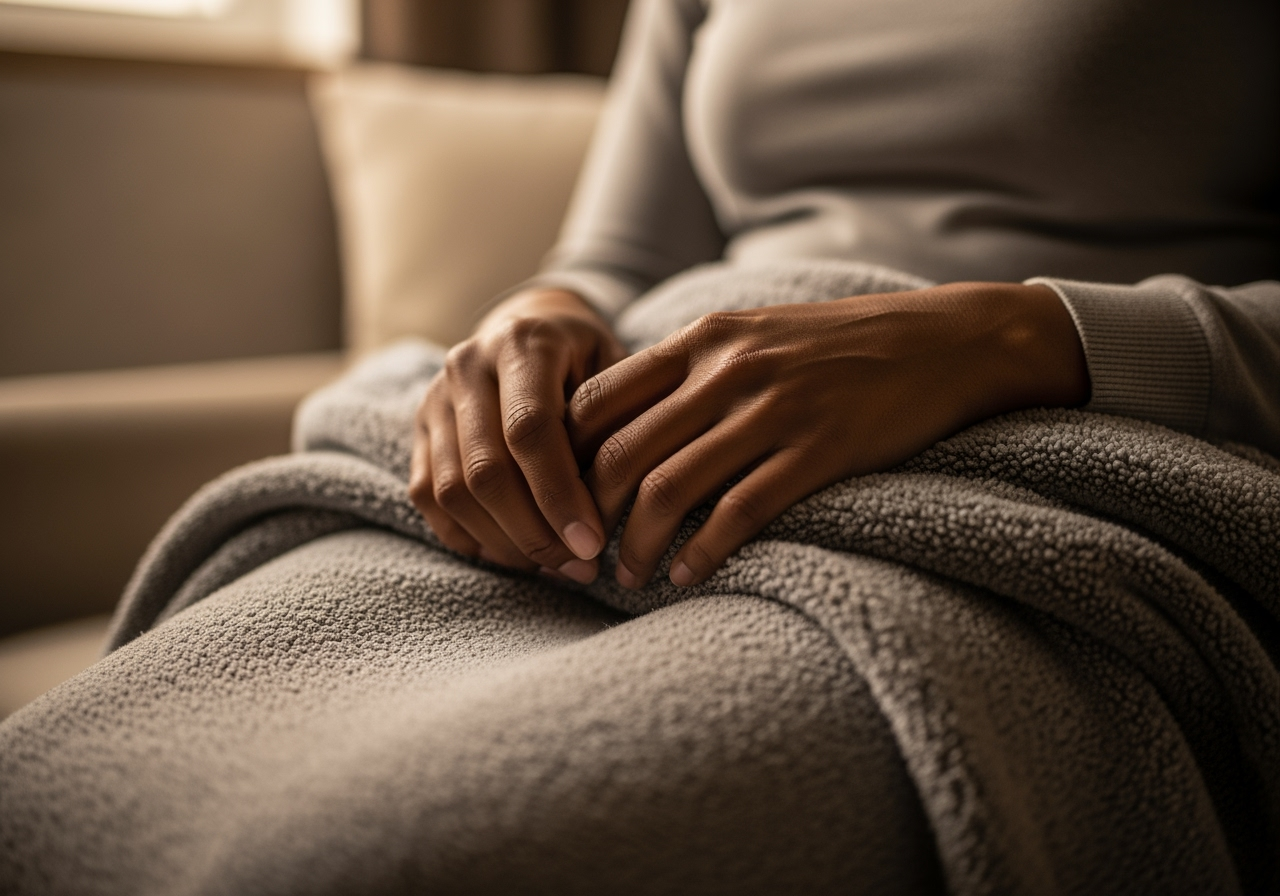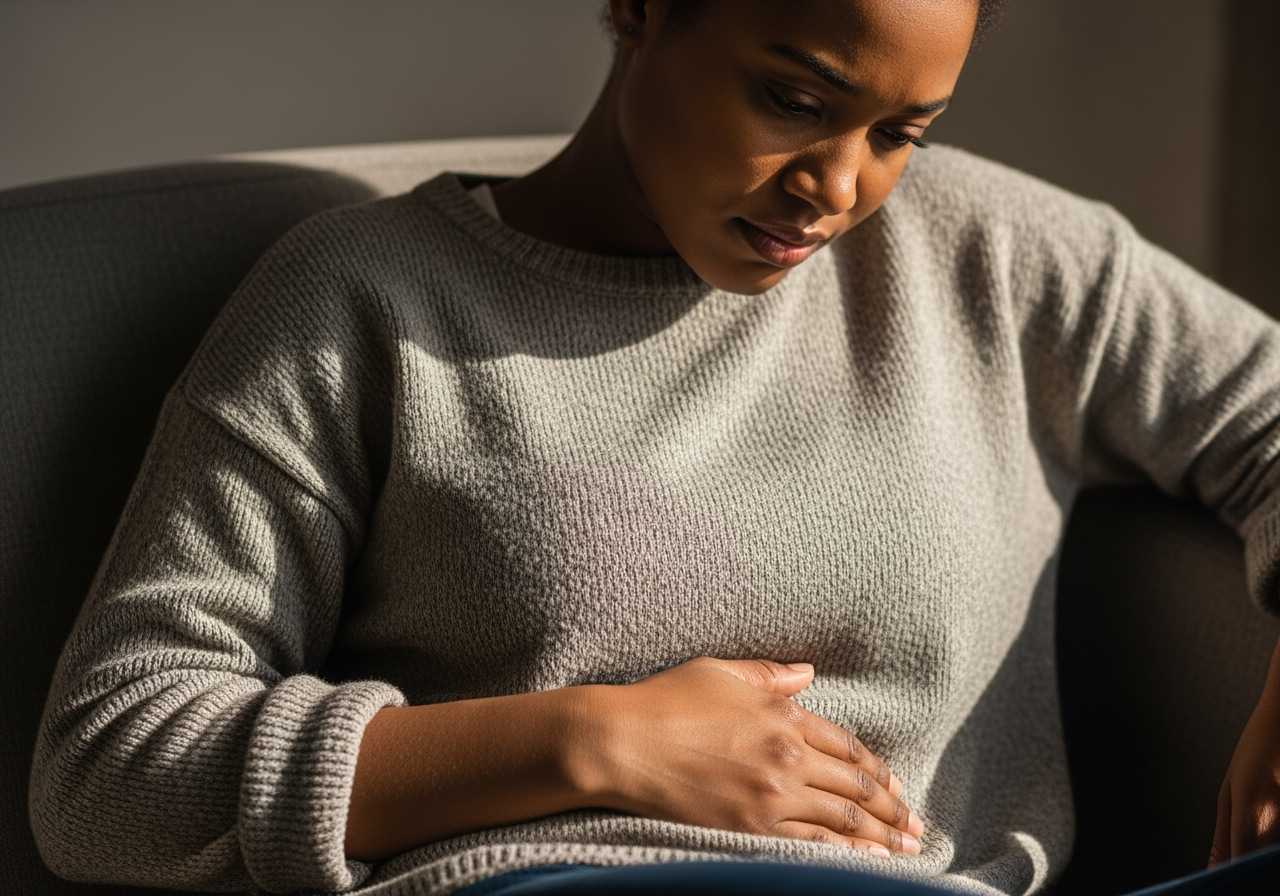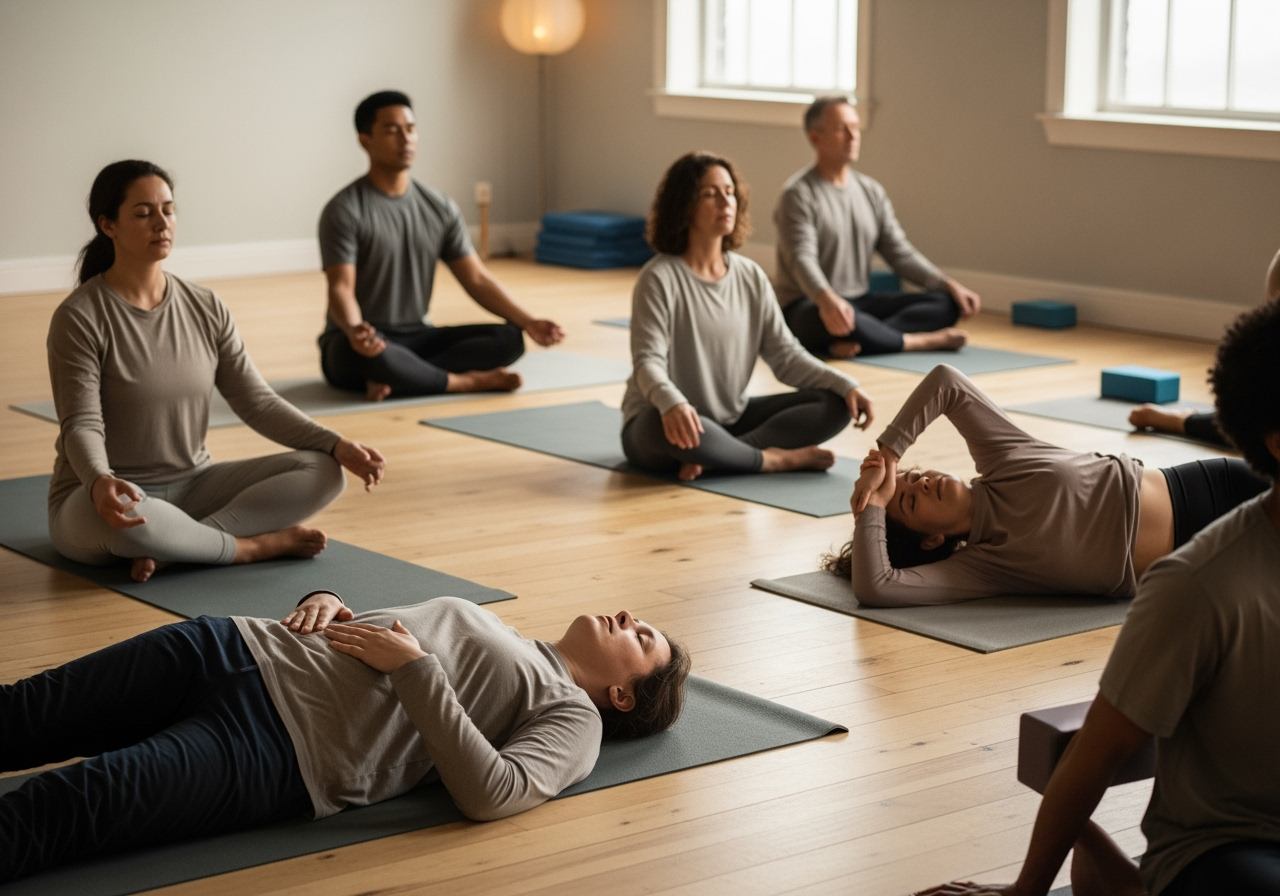Educational Blogs
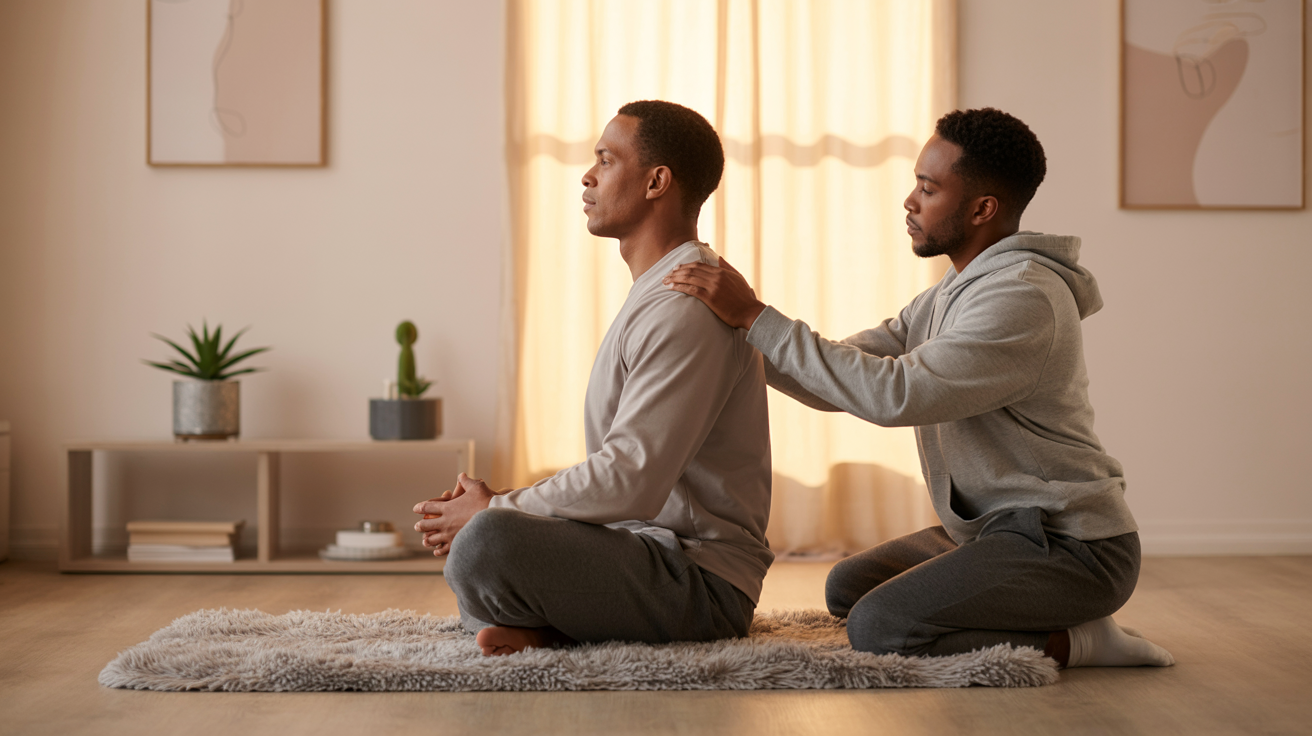
By LaTonya Misters, PT, DPT
•
March 25, 2024
Male Chronic Pelvic Pain, often abbreviated as CPP, refers to persistent discomfort or pain in the pelvic region that lasts for at least six months. This condition can significantly impact daily life, causing discomfort during activities like sitting, standing, or sexual intercourse. Fortunately, physical therapy offers effective strategies to manage and alleviate male CPP. One approach used in physical therapy for male CPP is pelvic floor muscle rehabilitation. Pelvic floor muscles play a vital role in supporting the pelvic organs and maintaining bladder and bowel control. Through targeted exercises and techniques, individuals can strengthen these muscles, improving stability and reducing pain. In addition to muscle strengthening, physical therapists may utilize manual therapy to address muscle tension and trigger points in the pelvic area. Techniques such as massage, stretching, and myofascial release can help relieve tightness and discomfort, promoting relaxation and improved function. Education is also a key component of physical therapy for male CPP. Therapists provide guidance on posture, body mechanics, and lifestyle modifications to alleviate strain on the pelvic floor muscles. Learning proper lifting techniques and avoiding activities that exacerbate symptoms can prevent further discomfort and promote healing. Furthermore, physical therapists collaborate with patients to develop personalized treatment plans tailored to their specific needs and goals. This may include a combination of exercises, manual therapy, and behavioral strategies to address pain and improve overall pelvic health. By addressing muscle dysfunction, reducing tension, and promoting healthy habits, physical therapy offers a holistic approach to managing male CPP. Through consistent therapy sessions and adherence to recommended exercises and lifestyle modifications, individuals can experience significant relief and regain control over their pelvic health and overall well-being.

By LaTonya Misters, PT, DPT
•
March 14, 2023
If you’re like most people, you probably don’t think about your pelvic floor very often. But this group of muscles and ligaments that support your bladder, bowel, uterus, and other organs is more important than you might realize. Your pelvic floor helps you maintain continence, sexual function, stability, and lymphatic drainage. It also plays a role in preventing pelvic organ prolapse, which is when one or more of your pelvic organs drop out of place. Unfortunately, many people suffer from pelvic floor dysfunction, which can cause a range of symptoms such as urinary or fecal incontinence, painful sex, pelvic pain, lower back pain, and more. Pelvic floor dysfunction can affect anyone, regardless of age, gender, or lifestyle. But the good news is that there are ways to prevent and treat pelvic floor dysfunction and improve your pelvic health and wellness. Here are 10 surprising facts about pelvic floor health that you need to know:
Ready for Better Pelvic Health? Book that appointment.
Whether it's leakage, discomfort, or tension, healing is possible, and it starts with one appointment.

